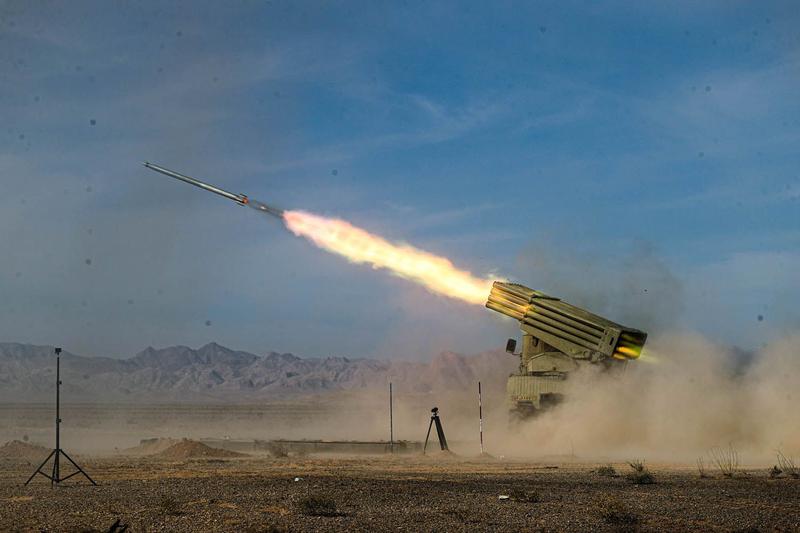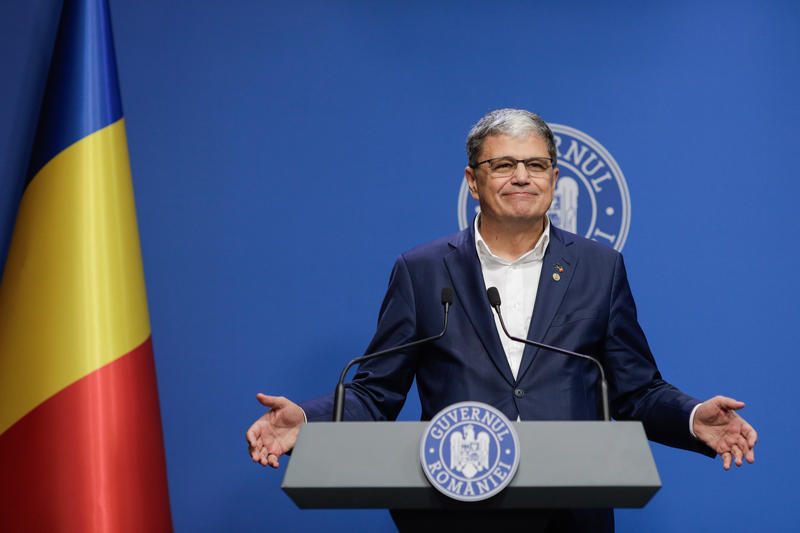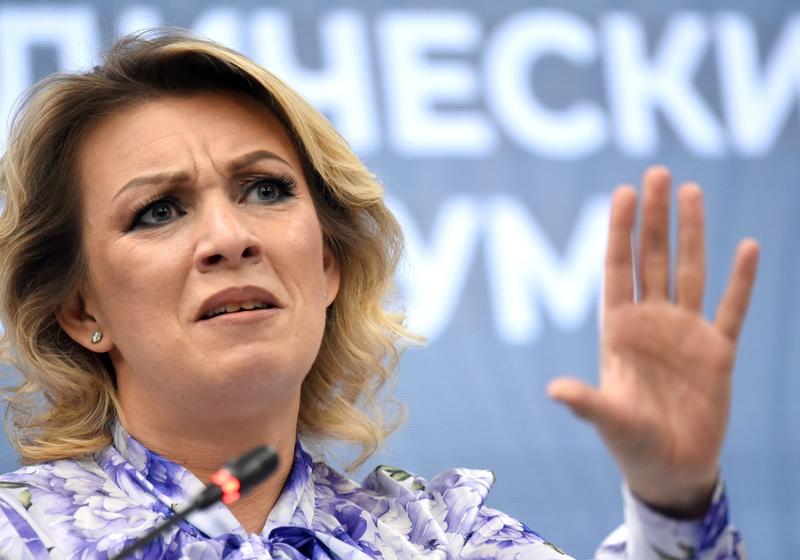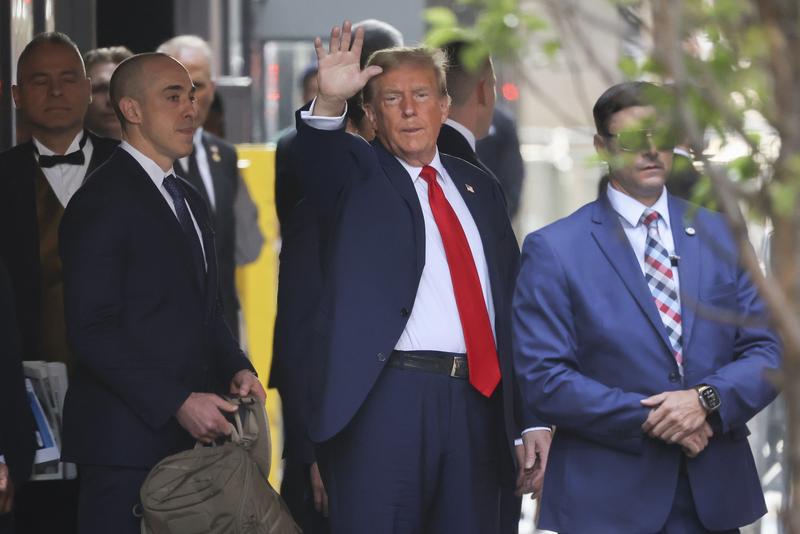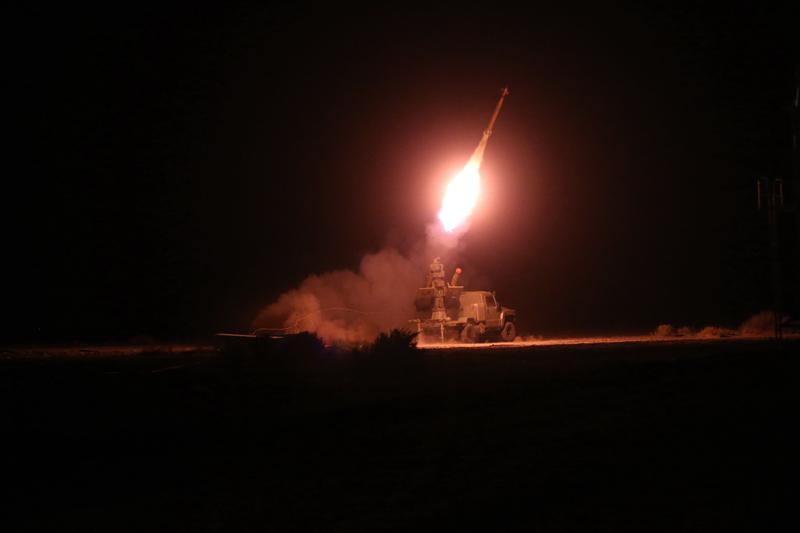Most newspapers on Friday read about the controversies stirred by a NY Times article, putting forward the theory that the swine flu might have been caused by the 2007 swine fever registered in Romania and involving US company Smithfield, that owns pig farms both in Romania and Mexico.Elsewhere in the news, Romania's economy seems to get a grip
Cotidianul reads that the NY Times article is centered on the farms US giant Smithfield owns in Eastern Europe, including Romania. In a long shot, the article can be said to imply a connection between the Romanian farms of the US company and the outbreak of the swine flu.
Romanian Health minister Ion Bazac declared that the scientific causes of the virus come from the American continent. Moreover, Bazac implied that the new owner of the American press institution, Carlos Slim Helu might have a personal interest in de-legitimizing the Romanian meat industry.
Carlos Slim Helu, the newspaper reads, is ranked three in top richest men in the world. With an estimated wealth of 60 billion dollars, earned in the telecommunications and constructions industries, Helu holds 6.9% of the NY Times shares.
Moreover, the NY Times article read that Smithfield managed to expand its reach in Romania with the help of the American Ambassador at the time, Nicholas Taubman who lobbied on behalf of the company in Romania.
The article reads that several Romanian politicians help out the company: Liberal Gheorghe Seculici, former vice PM in the Tariceanu government designed the farms of the company and opened up some political doors.
Evenimentul Zilei quotes Seculici declaring that his architecture company, Proiect Arad was contacted by Smithfield after their initial company failed to deliver their contractual terms. Seculici added that his architecture company worked for Smithfield when he was not vice Prime Minister and thus could not have helped the company in any other way.
Seculici added that Smithfield invested a lot of money in Romania and created a lot of jobs in the area and attacks to the company are regrettable.
Cotidianul reads that Romania's economy seems to improve gradually:the exchange rate is more stable, interest rates decrease and the country risk ratings improved after IMF delivered the money. Plus, even industrial productions mirror some improvements and commercial activities increase. Romanian Central Bank governor bets that Romania will have a positive GDP by the end of the year.
The latest economic evolutions, measured by statistical data seem to indicate that the economy is about to recover. Thus, budgetary incomes for April are almost equal to last year's April incomes and for the first time in this year, the Finance ministry income program is respected.
Even constructions signal a slight recovery: in March, constructions authorizations for residential buildings increased by 16% compared to February. Main counselor to Romania's Central Bank Governor, Adrian Vasilescu declared that Romania need to redress its exports and end the year with a positive GDP.
He mentioned that even Romania's Central Bank governor Mugur Isarescu made a bet that Romania will end the year with a positive GDP. He showed that in the first quarter of the year, economic growth might be negative but he reassured that we will be talking of a recession only if the evolution will continue to depreciate in the second quarter.
Romania is going through a crisis, not a recession, Vasilescu explained. According to the IMF estimates, assumed by the government, Romania will register a 4% negative increase for this year.
